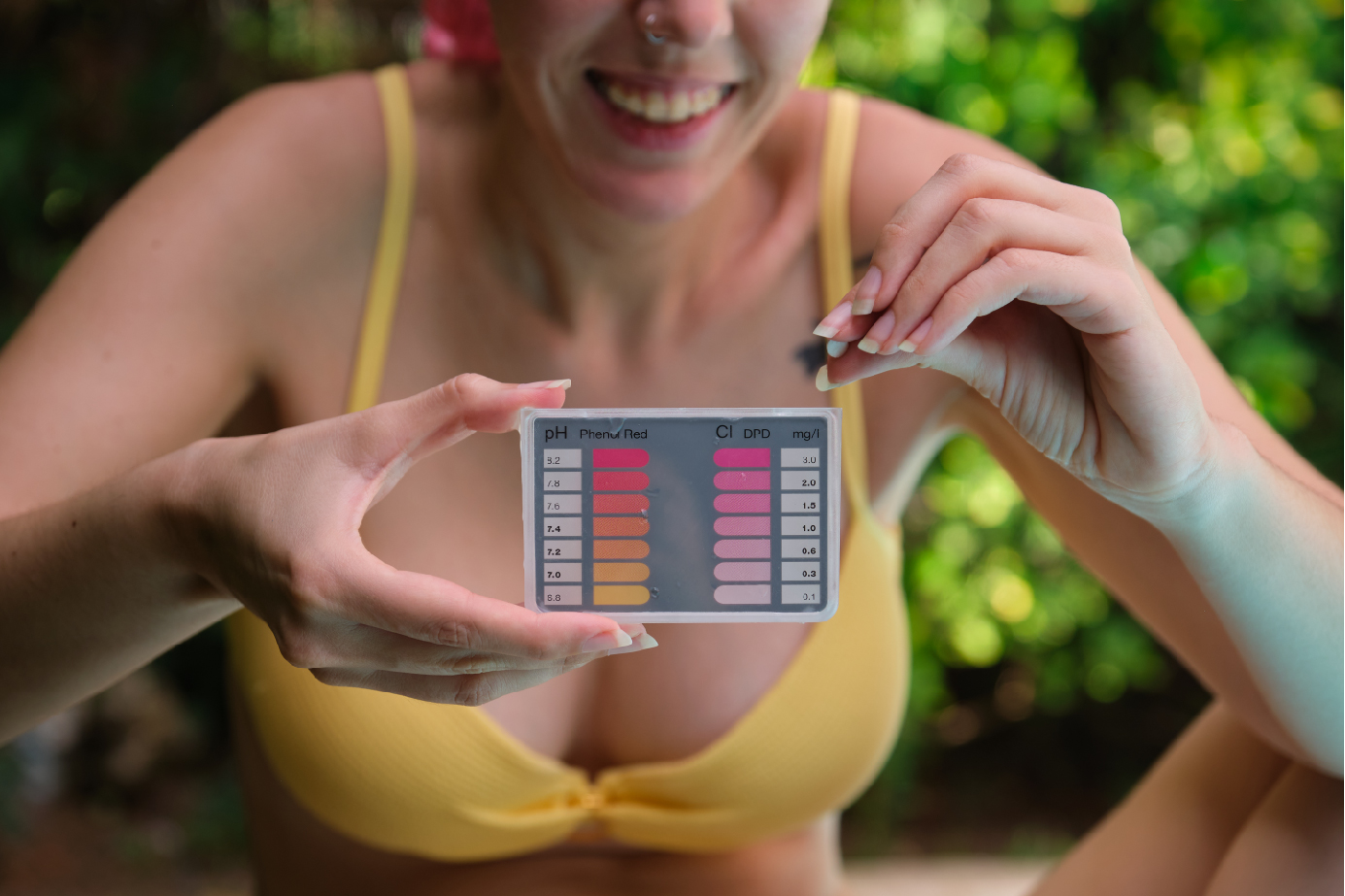Maintaining proper cyanuric acid levels in your pool is crucial for ensuring effective chlorine stabilization and protection against UV degradation. When cyanuric acid levels drop too low, it can compromise the efficiency of chlorine and leave your pool vulnerable to bacterial growth and algae infestation. In this article, we’ll explore the causes of low cyanuric acid levels in pools and provide actionable solutions to address this issue and restore optimal water balance.
Understanding Cyanuric Acid in Pool Water:
Cyanuric acid, also known as stabilizer or conditioner, is a chemical compound commonly used in outdoor pools to stabilize chlorine and protect it from degradation caused by UV sunlight. It forms a protective shield around chlorine molecules, prolonging their lifespan and enhancing their effectiveness in sanitizing pool water. The ideal cyanuric acid level for most pools is between 30 to 50 parts per million (ppm).
Causes of Low Cyanuric Acid Levels:
- Dilution from Heavy Rainfall or Backwashing: Heavy rainfall or frequent backwashing can dilute cyanuric acid levels in pool water, leading to a decrease in concentration over time. This is especially common in outdoor pools exposed to weather elements.
- Overdilution from Excessive Water Replacement: If you frequently drain and refill your pool water or have a high rate of water evaporation, it can result in the loss of cyanuric acid and other pool chemicals. Over time, this can lead to low cyanuric acid levels in the pool.
- Use of Unstabilized Chlorine Products: Using unstabilized chlorine products, such as liquid chlorine or calcium hypochlorite, without supplemental cyanuric acid can contribute to low cyanuric acid levels in the pool. These products do not contain cyanuric acid and can deplete existing levels over time.
Solutions for Increasing Cyanuric Acid Levels:
- Add Cyanuric Acid Directly: The most direct solution for increasing cyanuric acid levels is to add cyanuric acid directly to the pool water. Cyanuric acid is typically available in granular or powdered form and can be added directly to the pool according to the manufacturer’s instructions. Be sure to distribute it evenly across the pool surface and allow time for it to dissolve completely.
- Use Stabilized Chlorine Products: Switching to stabilized chlorine products, such as dichlor or trichlor, can help maintain cyanuric acid levels in the pool while simultaneously sanitizing the water. These products contain cyanuric acid as an active ingredient, providing ongoing stabilization and protection against chlorine degradation.
- Reduce Water Replacement: Minimize the frequency of draining and refilling your pool water to prevent excessive loss of cyanuric acid and other pool chemicals. Implement water conservation measures and address leaks or evaporation issues to reduce the need for water replacement.
- Monitor and Adjust Regularly: Test cyanuric acid levels in your pool water regularly using a reliable pool water test kit. Adjust cyanuric acid levels as needed to maintain the recommended range of 30 to 50 ppm, especially during periods of heavy rainfall or water replacement.
Conclusion:
Low cyanuric acid levels in your pool can compromise water balance and chlorine effectiveness, leaving your pool vulnerable to bacterial growth and algae infestation. By understanding the causes of low cyanuric acid levels and implementing appropriate solutions, you can restore optimal water balance and ensure a clean and safe swimming environment for yourself and your family. Be proactive in monitoring cyanuric acid levels and take necessary steps to maintain them within the recommended range, protecting your pool investment and enhancing your swimming experience.
